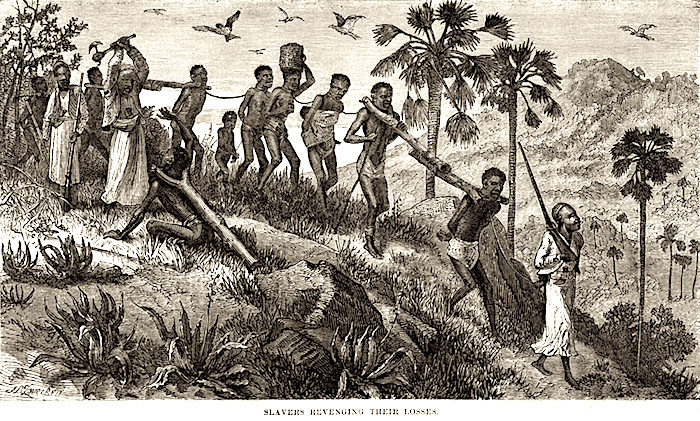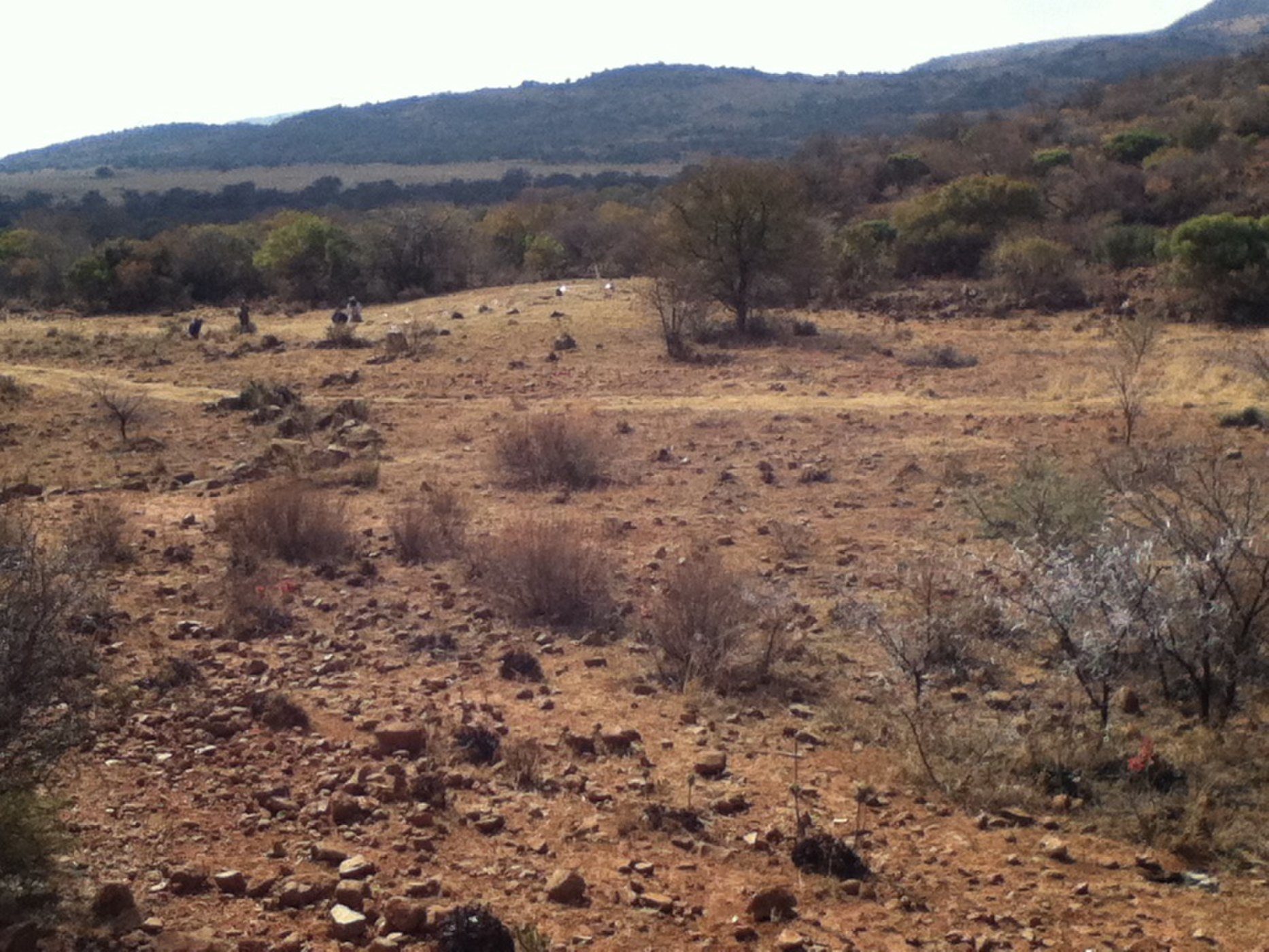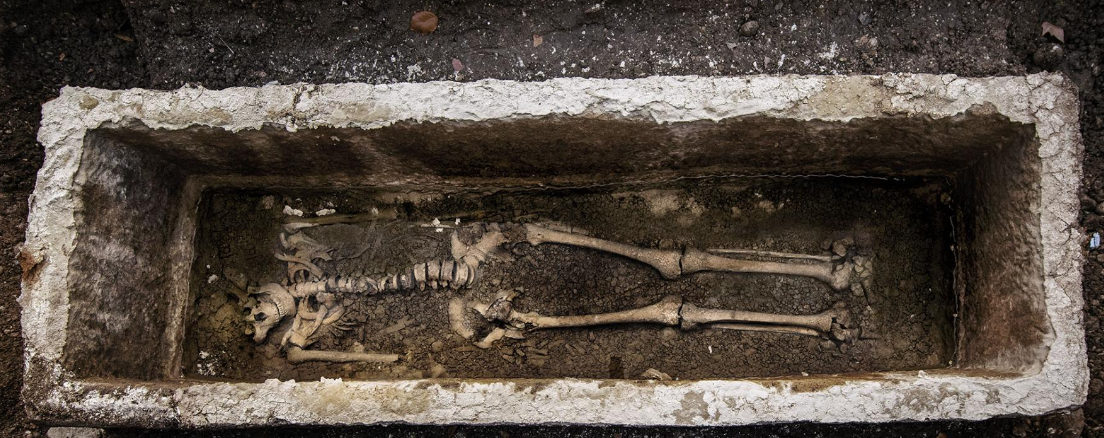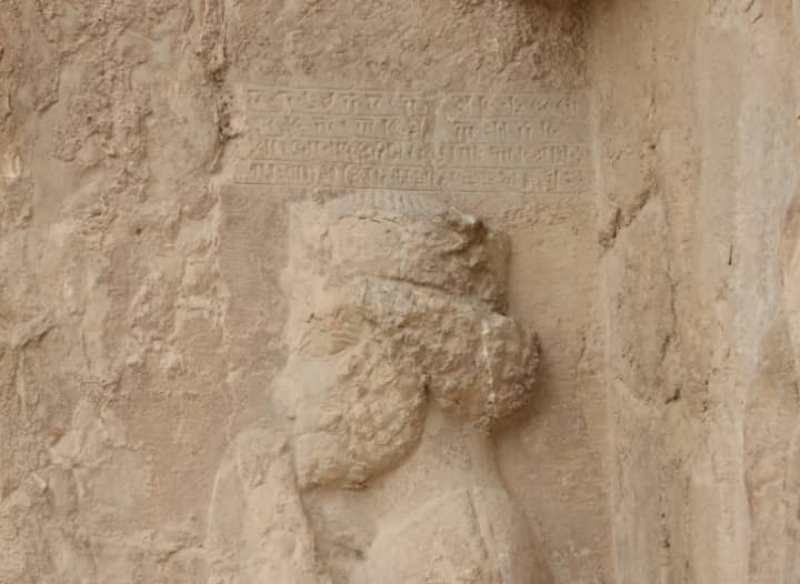
I had driven by the targeted complex a couple of days before the attack, and once lived in this neighbourhood back when Kenya was my permanent home. On this visit to the country, I've noticed that - notwithstanding January's terrible tragedy - tourism is booming, agriculture is bountiful and the Kenyan elite are benefiting from the massive Chinese investments that have transformed the landscape. The overall degree of improvement depends on which expert you believe. But the plethora of expensive cars that now jam the streets of Nairobi, and the building boom on display in many parts of the city, do suggest a surging economy.
Anyone who knows the history and tribal dynamics of East Africa and the Horn will understand that even if the Kenyan government pulled all its troops out of Somalia, Al Shabab likely would still try its best to destabilize this country. I outlined the reasons for this decades ago, when I first briefed visiting Canadian and U.S. military personnel here in Nairobi. Many of the things I told them remain as true now as they were then. That's because the most important factors at play are rooted in history, not in recent geopolitical developments.
Specifically: Many modern problems in the area are rooted in the Indian Ocean slave trade - a scourge that was distinct from the better known slave trade that preyed on West Africa. In the eastern part of the continent, there was little to no European involvement. The practice was indigenous and ancient, and lasted more than a thousand years.












Comment: For more context on Venezuela's coup check out this history of the country's economic and political situation since Chavez was elected in 1998: